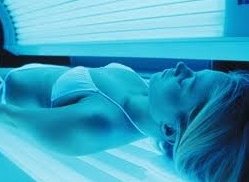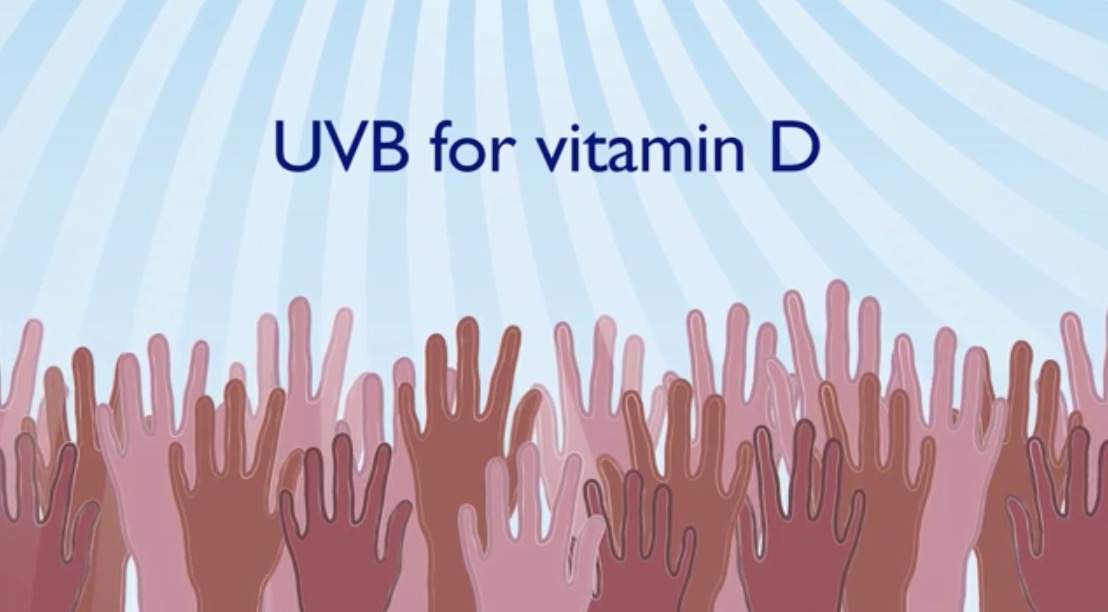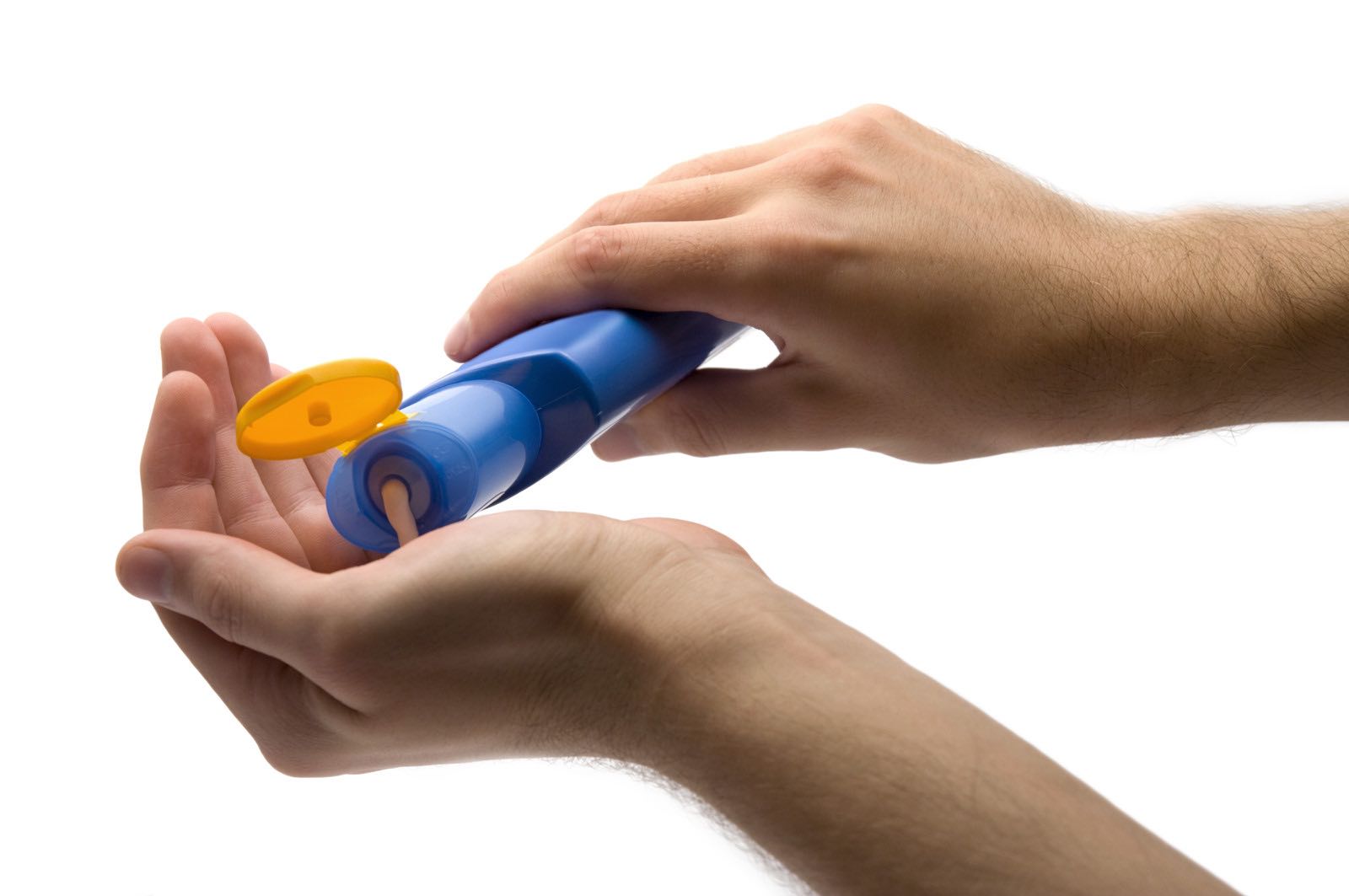Used tanning beds
I wasn't too sure what I may find when searching for used tanning beds online, but there really is a huge market out there. I guess this is a reflection on the size of the industry and so I shouldn't have been too surprised. But I like to think that the most common reason people are selling their beds is that they have realized how incredibly unhealthy using a tanning bed actually is.
But if you really do want to use a tanning bed, whether new or used, in a salon or otherwise, make sure you get good quality beds without too high a balance in UVA rays but enough UVB rays to enable you to create Vitamin D.
UVA rays are the ones that give you a tan and UVB rays are the ones that will burn your skin. Balancing them for tanning purposes as well as optimum health is not an easy task and is made much more difficult by inferior tanning bed use.
Used Tanning Beds and Vitamin D

Understanding how much UVA vs UVB your used tanning bed emits is important in managing this balance. Some will actually have less of the potentially dangerous UVA, while others may emit more UVA.
Vitamin D is produced by exposing your skin to UVB rays and is far superior to oral vitamin D supplementation.
Furthermore, high-quality tanning beds may also offer exposure to:
- red light - supporting skin rejuvenation
- infrared light - offering pain relief
- blue light - beneficial for skin health
What Health benefits from used tanning beds?

Tanning may give you a sense of feel-good from the endorphins that are created, but when one talks health benefits from UV exposure, it typically centers around vitamin D.
However, there are actually a number of additional health effects unrelated to vitamin D production from UVB exposure, whether it's from the sun or a high-quality tanning bed.
Ultraviolet radiation affects a number of other pathways. For example, UV exposure may help improve your mood through the release of endorphins, and may even help reduce fibromyalgia pain. Several skin diseases can be treated with sun exposure or phototherapy, i.e. the use of a tanning bed, including:
- Psoriasis
- Vitiligo
- Atopic dermatitis
- Autoimmune diseases like scleroderma and Crohn's
Symptoms of multiple sclerosis can also be suppressed with UV exposure, independent of vitamin D synthesis (which is also beneficial for MS. In fact, vitamin D deficiency may be a contributing factor in nearly 60 percent of MS cases). Additionally, UVA radiation, which is generally more harmful in terms of its potential to cause skin cancer, is not entirely without merit. For example, UVA generates nitric oxide (NO), which can help reduce blood pressure and has a beneficial effect on cardiovascular health, in addition to having an antimicrobial effect.
How to manage your risks with tanning beds

The most important aspect of tanning, whether you're using a tanning bed or the direct sun, is to avoid getting burned. When using a tanning bed, minimize any potential risks by:
- Avoiding magnetic ballasts.
Choose to use tanning equipment with electronic ballasts instead of magnetic ballasts to generate light.
Magnetic ballasts contain electromagnetic fields (EMFs) that can contribute to cancer.
A loud buzzing noise will indicate a magnetic ballast system, so avoid them. - Make sure it includes UVB.
Some tanning beds only use UVA light as this will create a tan.
However, UVA rays are responsible for skin damage and they do NOT produce vitamin D, as UVB rays do.
Choose a bed with between 3 to 10 percent UVB. - Protect your face.
The skin around your eyes and on your face is typically much thinner than other areas on your body. It is also a relatively small surface area, so will not contribute much to vitamin D production.
Rather protect this fragile area of your body from the UV rays, as is at a much higher risk for photo damage and premature aging or wrinkling.
Use a healthy sunblock in this area or wear a hat, like I do, to keep your face in the shade. If indoor tanning, place the hat over your entire face.




New! Comments
Have your say... please leave me a comment in the box below.